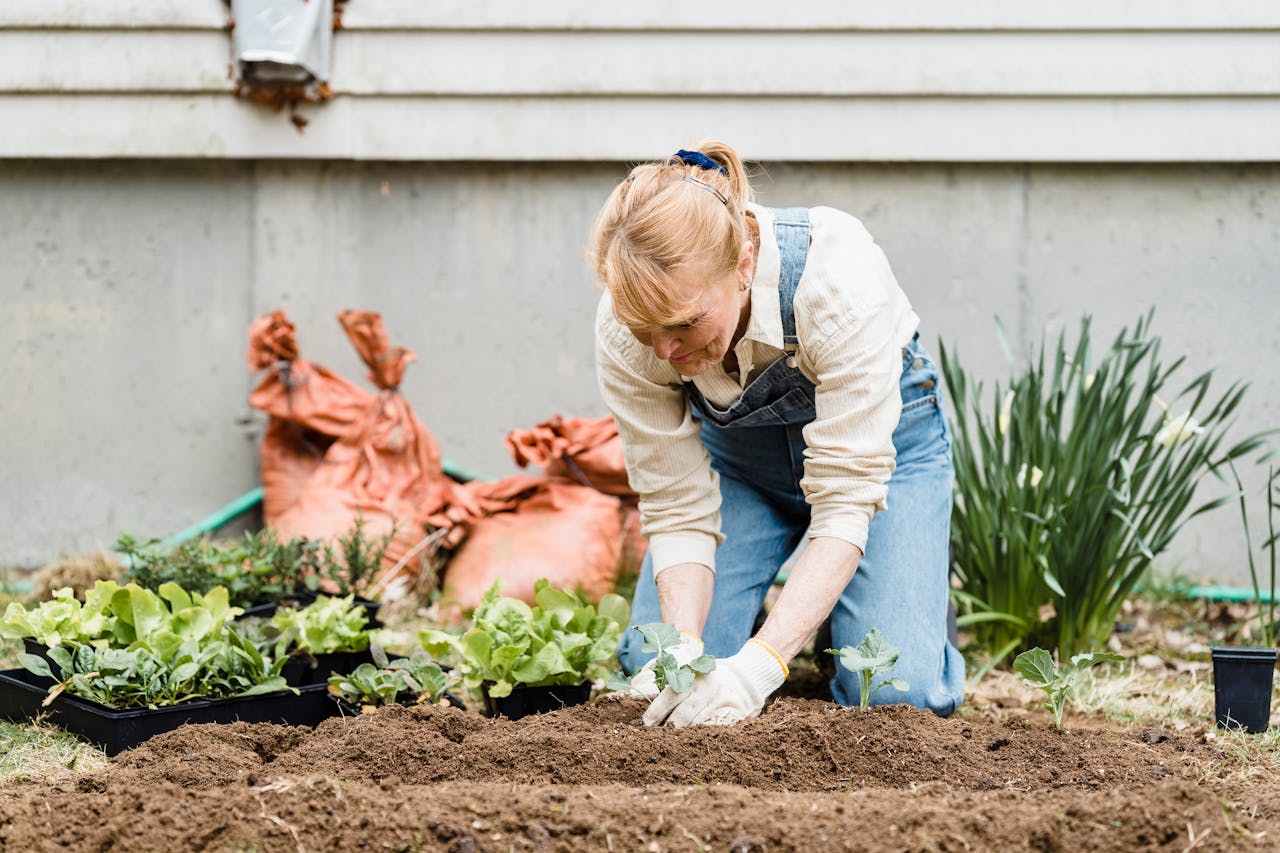As experienced professionals in the landscape and gardening industry, we recognize the immense value of soil conditioners in fostering healthy, vibrant, and productive gardens. Soil conditioners, which include a wide array of organic and inorganic materials, are specifically formulated to enhance the properties of your garden’s soil, addressing issues such as poor drainage, imbalance in pH levels, and nutrient deficiencies.
In this extensive resource, we will guide you through various types of soil conditioners, ranging from organic amendments like compost and peat moss to inorganic options like gypsum and perlite. We’ll discuss their unique properties and the specific benefits they offer, providing you with the knowledge needed to select the right conditioner based on your garden’s needs and objectives.
Our expert advice will also help you confidently use soil conditioners in your garden, offering practical tips on proper application methods, timings, and maintenance techniques to maximize your landscape’s vitality and robustness.
Discovering the World of Soil Conditioners
Soil conditioners come in many forms, each offering unique characteristics and advantages. To choose the best conditioner for your garden, it’s important to understand their properties and benefits. Here are some common types of soil conditioners:
1. Compost: A rich source of organic matter and nutrients, compost improves soil structure, promotes water retention, introduces beneficial organisms, and can help balance soil pH levels.
2. Peat Moss: Popular for its water retention abilities, peat moss is also effective at improving soil structure and providing a slightly acidic environment, ideal for acid-loving plants.
3. Gypsum: Gypsum helps correct compacted and poorly drained clay soils by increasing aeration, promoting root development, and improving soil structure.
4. Perlite: A lightweight, inorganic volcanic rock, perlite improves drainage and aeration in garden soils, making it an excellent choice for container gardening or heavy clay soils.
Unlocking the Benefits of Soil Conditioners
Incorporating soil conditioners into your garden can yield a multitude of benefits, improving soil characteristics and supporting healthy plant growth. Some of these benefits include:
1. Enhanced Soil Structure: Soil conditioners can improve the structure of your garden soil, creating a more welcoming environment for plant roots to grow and access essential nutrients.
2. Increased Nutrient Availability: Many soil conditioners contain nutrients or aid in nutrient retention, ensuring that your plants have access to a steady supply of vital nutrients for optimal growth.
3. Improved Water Retention and Drainage: Soil conditioners can help balance your garden’s moisture levels by enhancing water retention in sandy soils and improving drainage in heavy clay soils.
4. Balanced Soil pH: Some soil conditioners, such as compost and peat moss, can aid in adjusting soil pH levels to create a more favorable environment for your plants to thrive.
Selecting the Right Soil Conditioner for Your Garden
Choosing the best soil conditioner for your garden depends on your unique gardening situation. Consider these factors when making your decision:
1. Soil Testing: Perform a soil test to determine your existing garden soil’s texture, nutrient content, and pH. This will help you pinpoint specific areas where soil conditioners can make the most impact.
2. Plant Requirements: Take into account the needs of the plants you’re growing. Select soil conditioners that will create an environment conducive to their growth, from pH preferences to moisture requirements.
3. Conditioner Compatibility: Some soil conditioners may not be compatible with specific plant species or other amendments. Research the potential interactions between the conditioners and your plants to avoid any adverse effects.
Effective Application of Soil Conditioners
After selecting the ideal soil conditioner for your garden, follow these expert tips to ensure proper application and achieve optimal results:
1. Timing: The best time to apply soil conditioners is in the early spring or fall when soil temperatures are moderate, and plants are not yet actively growing.
2. Application Method: Follow the recommended application method for your chosen conditioner, which may include tilling, broadcasting, or side dressing. Incorporate the conditioner into the top few inches of soil for maximum effectiveness.
3. Application Rate: Adhere to the suggested application rate for your soil conditioner, as over-application can lead to imbalances in soil composition or harm your plants.
4. Ongoing Maintenance: Monitor your garden’s soil health regularly and reapply soil conditioners as needed to maintain the desired balance and benefits.
Final Thoughts
Integrating soil conditioners into your garden is a powerful way to optimize your landscape’s potential, fostering robust plant growth and a thriving, beautiful garden. By understanding the various types of soil conditioners, their benefits, and expert techniques for selection and application, you can transform your garden into a bountiful oasis that reflects the quality and care it deserves.
With our guidance and your dedication at Reliable Soil Co. Inc., we are confident that you can harness the power of soil conditioners to cultivate and maintain an exquisite, productive garden that is a joy to experience. Explore our online garden supply store to get started!

